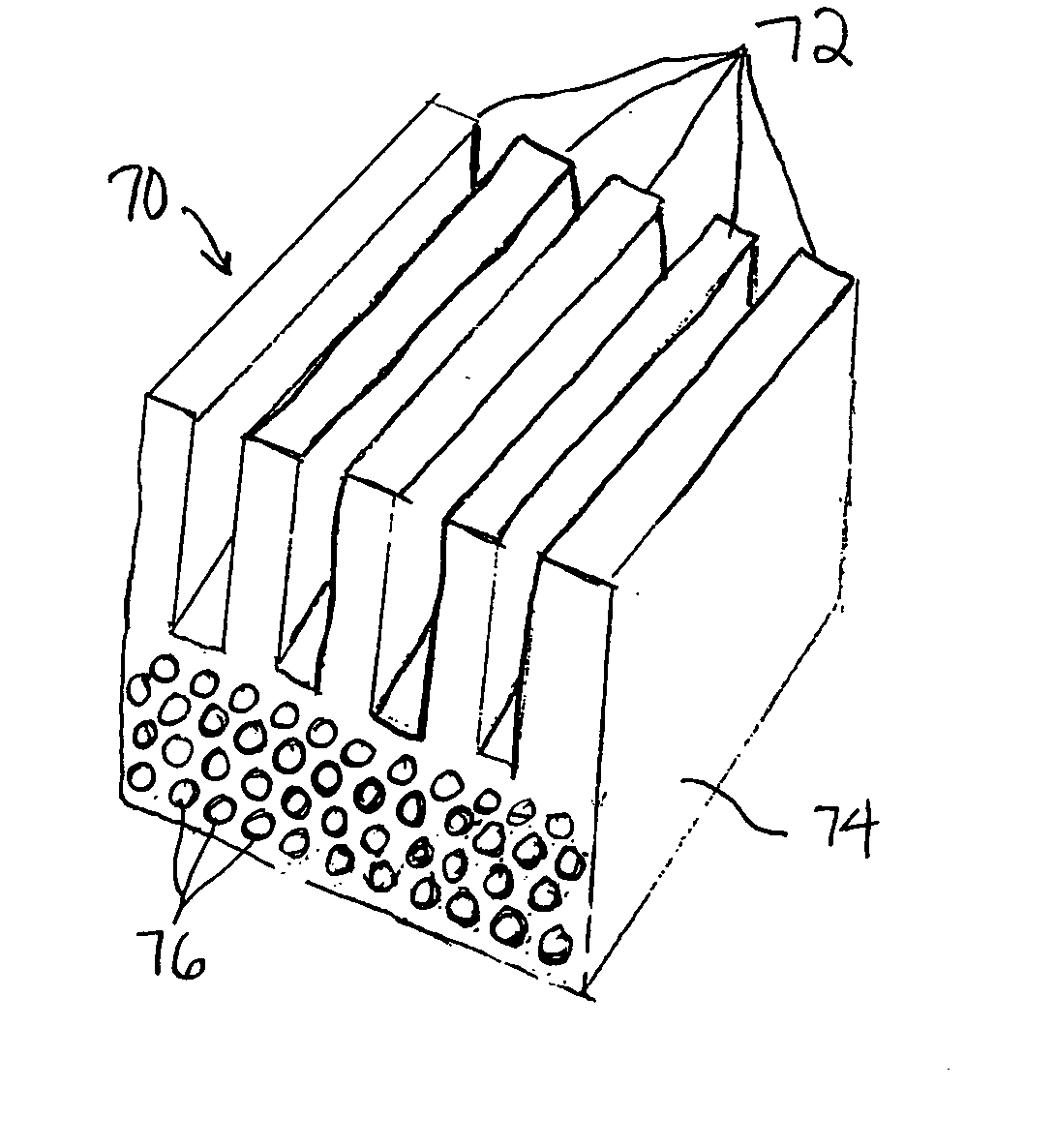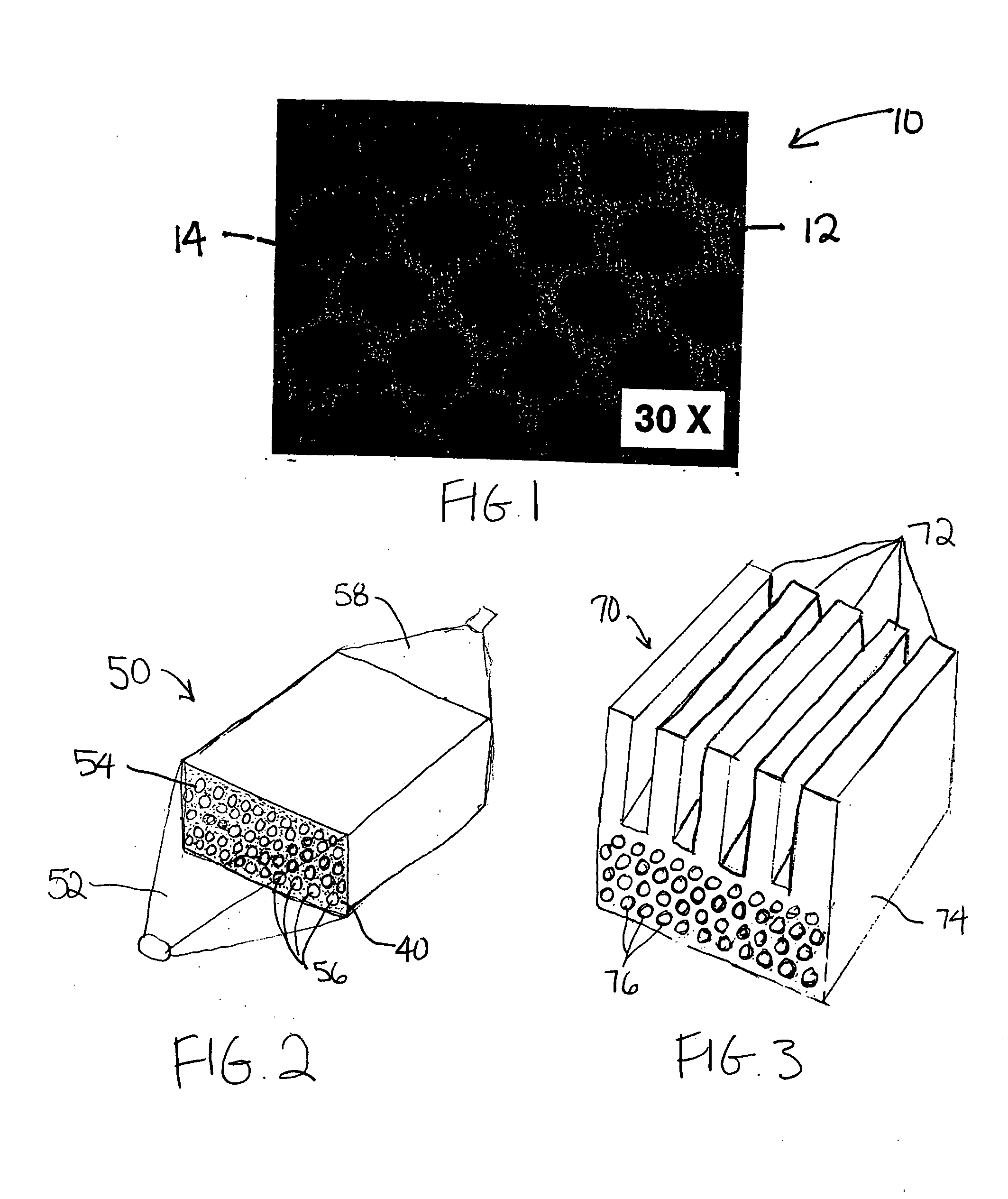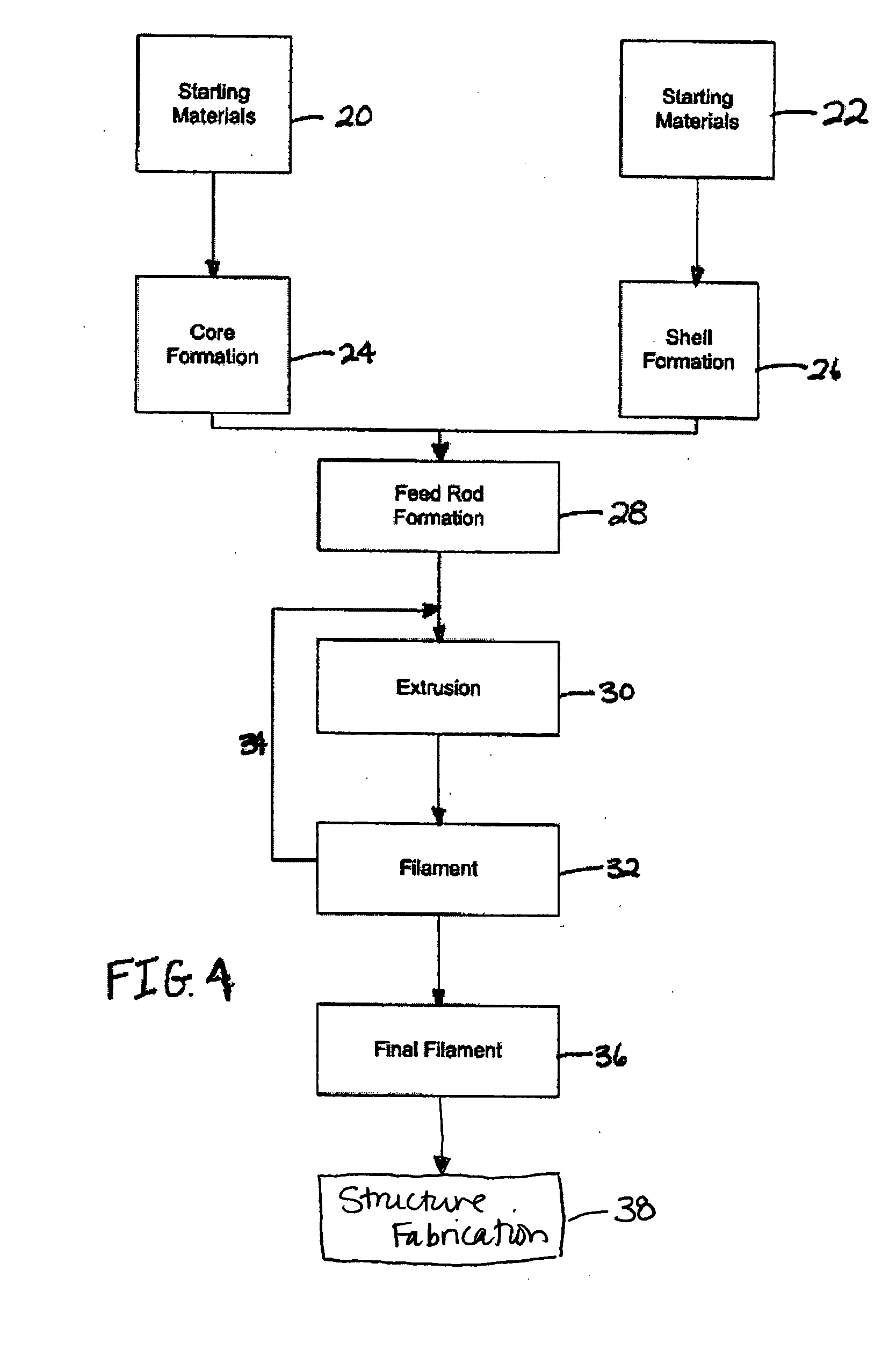Microchannel heat exchangers and methods of manufacturing the same
a heat exchanger and microchannel technology, applied in the field of heat exchanger systems, can solve the problems of limited availability of compatible heat sink coolants, machining or etching capabilities, and limiting the size, number and configuration of channels that can be fabricated on the surface of the structure, so as to optimize the thermal and hydrodynamic performance of the heat exchanger, and maximize the effect of thermal performan
- Summary
- Abstract
- Description
- Claims
- Application Information
AI Technical Summary
Benefits of technology
Problems solved by technology
Method used
Image
Examples
example 1
This example illustrates an analytical model that can be applied to characterize and optimize a heat exchanger device. A closed-form analytical solution for the overall thermal resistance of single and multi-layered channels is evaluated. Optimization work is presented to obtain the optimum number of layers to maximize thermal performance for a given pumping power. The analytical solution allows for an efficient parametric study to determine the optimum design parameters. The constants and variables used in the model are defined in Table I.
TABLE IDESCRIPTIONSYMBOLachannel height, (m)Aarea, (m2)bchannel width, (m)cpspecific heat of water, (J / kg · C.)Dhhydraulic diameter, (m)ffriction factorhbase thickness, (m){overscore (h)}heat transfer coefficient, (W / m2 · C.)Hsample thickness, (m)kthermal conductivity (W / m · C.)Lsample length, (m){dot over (m)}mass flow rate, (kg / s)nnumber of channelsNuNusselt numberΔppressure, (Pa)Ppumping power, (W)Pwwetted perimeter, (m)PrPrandtl numberqheat...
example 2
A heat exchanger having SiC channels was fabricated. The overall thermal resistance of the heat exchanger decreased and the pressure drop increased with increased mass flow rate of the coolant, as illustrated in FIG. 11. For fixed heat sink dimensions, channel diameter and porosity varied, as illustrated in FIGS. 12 and 13. An optimum number of rows of channels was determined for the heat exchanger, as illustrated in FIG. 14.
PUM
| Property | Measurement | Unit |
|---|---|---|
| inner diameters | aaaaa | aaaaa |
| inner diameters | aaaaa | aaaaa |
| temperature | aaaaa | aaaaa |
Abstract
Description
Claims
Application Information
 Login to View More
Login to View More - R&D
- Intellectual Property
- Life Sciences
- Materials
- Tech Scout
- Unparalleled Data Quality
- Higher Quality Content
- 60% Fewer Hallucinations
Browse by: Latest US Patents, China's latest patents, Technical Efficacy Thesaurus, Application Domain, Technology Topic, Popular Technical Reports.
© 2025 PatSnap. All rights reserved.Legal|Privacy policy|Modern Slavery Act Transparency Statement|Sitemap|About US| Contact US: help@patsnap.com



